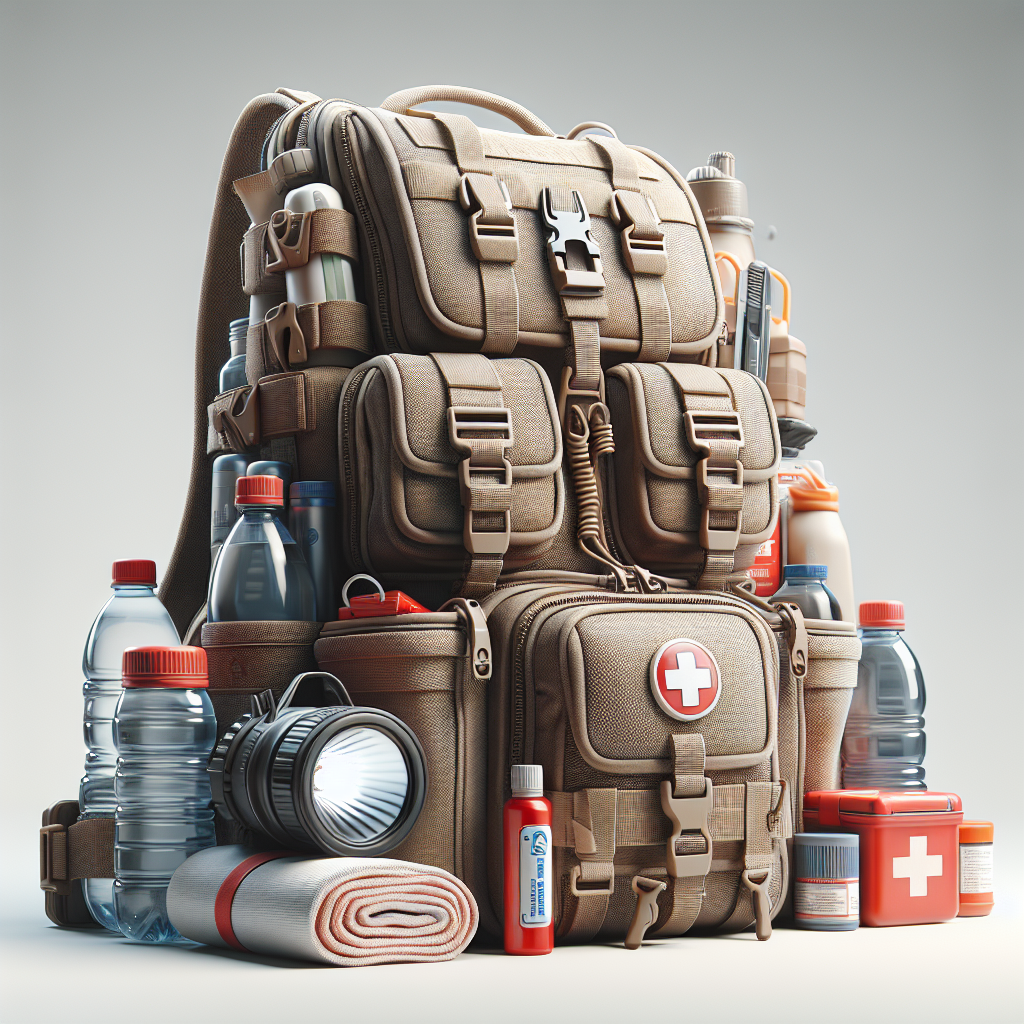Imagine living in an area prone to earthquakes. It’s essential to have an earthquake safety plan in place to ensure you and your loved ones are prepared for any potential tremors. In this article, we will explore the importance of having an earthquake safety plan and provide you with practical tips to keep yourself and your surroundings safe during these seismic events. From identifying safe zones to stocking up on essential supplies, get ready to equip yourself with the knowledge and tools necessary to navigate through an earthquake and emerge unscathed.
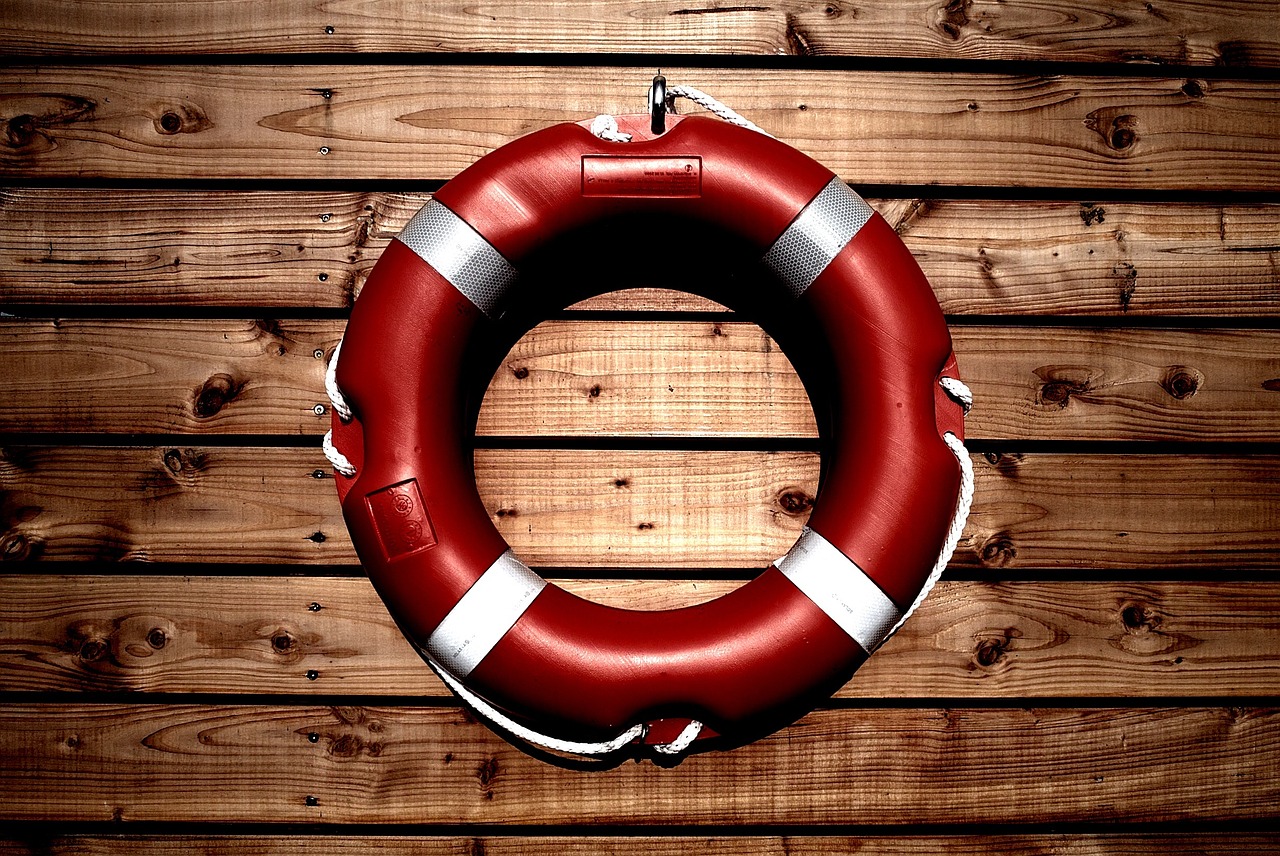
Understanding Earthquakes
Earthquakes are natural disasters that can cause significant damage and pose a threat to the safety of individuals and communities. It is crucial to have a comprehensive understanding of earthquakes, including their causes, types, and how they are measured, in order to effectively prepare for and respond to these events.
Causes of Earthquakes
Earthquakes are primarily caused by the movement of tectonic plates beneath the Earth’s surface. These plates, which make up the Earth’s crust, shift and collide due to the immense heat and pressure within the Earth, resulting in seismic activity. Other factors, such as volcanic eruptions and human activities like mining and drilling, can also trigger earthquakes.
Types of Earthquakes
There are several types of earthquakes, each characterized by different features and mechanisms. The most common type is the tectonic earthquake, which occurs when tectonic plates slip and release accumulated energy in the form of seismic waves. Other types include volcanic earthquakes, caused by volcanic activity, and collapse earthquakes, which happen when underground structures, such as caves or mines, collapse.
Measuring Earthquakes
Measuring earthquakes is essential for assessing their magnitude and understanding the severity of the event. The most widely used measurement scale is the Richter scale, which quantifies the amount of energy released by an earthquake. Another commonly used scale is the moment magnitude scale, which considers both the energy released and the area of fault movement. These measurements help scientists and emergency management authorities determine the potential impact and develop appropriate response plans.
Assessing Your Risk
Assessing the risk of earthquakes in your area is crucial for effective preparedness. By identifying high-risk areas, consulting with local authorities, and evaluating structural vulnerabilities, you can better understand the potential impact of an earthquake on your community and take necessary precautions.
Identifying High-Risk Areas
Geological studies and historical earthquake data can help identify areas that are more prone to earthquakes. Fault lines, regions near active volcanoes, and areas with a history of seismic activity are typically at higher risk. Being aware of these areas allows you to prioritize your preparedness efforts accordingly.
Consulting Local Authorities
Local authorities, such as emergency management agencies or geological surveys, can provide valuable information about earthquake risks specific to your location. They can offer guidance on evacuation routes, emergency shelters, and community response plans. Collaborating with these authorities ensures that you receive accurate and up-to-date information.
Evaluating Structural Vulnerabilities
Conducting a thorough evaluation of your home or building is essential to identify potential weaknesses that may exacerbate the impact of an earthquake. Look for cracks in the foundation, unstable structures, and outdated building materials. Consulting with a structural engineer can provide valuable insights and recommendations for retrofitting or reinforcing vulnerable areas.
Creating an Emergency Kit
Having a well-stocked emergency kit is crucial for your safety and survival following an earthquake. This kit should contain essential items, such as water and food supplies, a first aid kit, important documents, flashlights, and a list of emergency contacts.
Water and Food Supplies
It is recommended to have at least three days’ worth of water and non-perishable food for each member of your household. Store water in containers that are resistant to breakage and contamination. Choose food items that do not require refrigeration and have a long shelf life, such as canned goods, energy bars, and dried fruits.
First Aid Kit
A first aid kit should include basic medical supplies like bandages, antiseptic ointments, pain relievers, and any necessary prescription medications. Familiarize yourself with the contents of the kit and ensure it is readily accessible in case of an emergency.
Important Documents and Cash
Keep copies of important documents, such as identification cards, insurance policies, and medical records, in a waterproof container. Additionally, it is advisable to have a supply of cash on hand, as ATMs may be inaccessible during and after an earthquake.
Flashlights and Batteries
Power outages are common during earthquakes, making flashlights and spare batteries crucial for illumination. Keep these items readily available in different parts of your home to ensure easy access in the event of an emergency.
Emergency Contact List
Compile a list of emergency contacts, including the numbers for local authorities, family members, and close friends. Store this list in your emergency kit and share it with all household members. Familiarize yourself with emergency protocols and contact information for local services.
Developing an Evacuation Plan
In the event of a severe earthquake, it may be necessary to evacuate your home or workplace. Having a well-thought-out evacuation plan in place ensures a quick and organized response. Consider factors such as safe meeting points, escape routes, and designated shelter locations.
Establishing Safe Meeting Points
Identify safe meeting points where you and your family members can gather after an earthquake. These should be easily accessible and located away from buildings, power lines, or other potential hazards. Ensure that all family members are aware of these meeting points.
Designating Escape Routes
Familiarize yourself with the safest escape routes from your home or workplace. Identify multiple routes in case some are blocked or unsafe. Practice navigating these routes to increase familiarity and speed during an actual emergency.
Identifying Shelter Locations
Research and identify nearby emergency shelters or safe locations where you can seek refuge in case your home becomes uninhabitable. These could include community centers, schools, or designated evacuation centers. Stay informed about shelter availability and accessibility during emergencies.
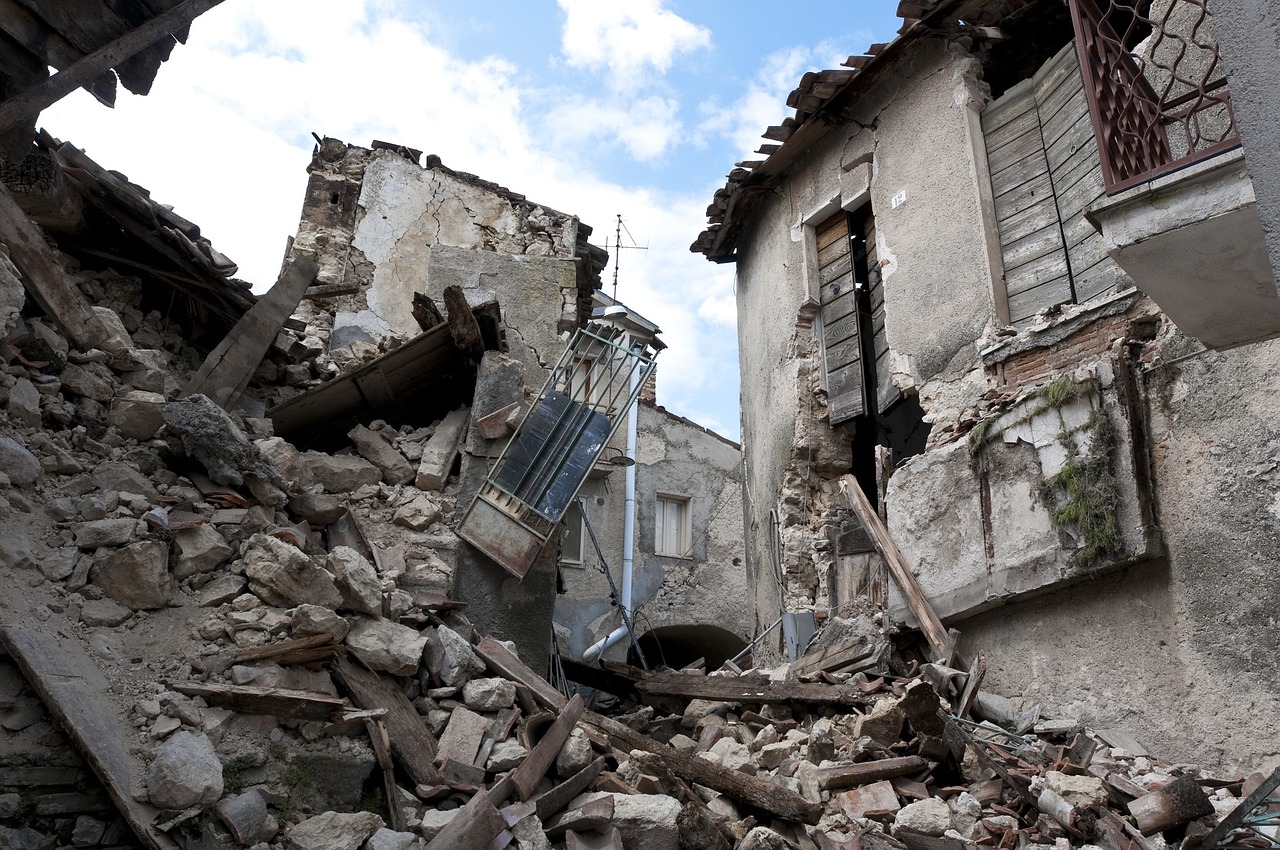
Securing Your Home
Securing your home or workplace can significantly reduce the risk of injuries or damage during an earthquake. By anchoring heavy furniture, securing tall items, bracing gas and water lines, reinforcing weak foundations, and installing automatic gas shut-off valves, you can minimize potential hazards.
Anchor Heavy Furniture
Ensure that heavy furniture, such as bookshelves, cabinets, and appliances, is securely anchored to the walls or floor. This prevents them from tipping over during an earthquake and causing injuries or further damage.
Secure Tall Items
Secure tall or top-heavy objects, such as TVs, mirrors, and bookcases, to prevent them from falling and causing harm. Use wall brackets, safety straps, or adhesives to secure these items properly.
Brace Gas and Water Lines
Consult a professional to inspect and reinforce gas and water lines in your home. Install flexible fittings or automatic shut-off valves to minimize the risk of gas leaks or water line ruptures during an earthquake.
Reinforce Weak Foundations
If your home or building has a weak foundation, consider reinforcing it using techniques such as adding steel braces or retrofitting. Seek guidance from a qualified professional to ensure proper reinforcement methods are implemented.
Install Automatic Gas Shut-off Valve
Installing an automatic gas shut-off valve can be a life-saving measure. These valves sense seismic activity and automatically shut off the gas supply, reducing the risk of fire and explosions.
Protecting Yourself During an Earthquake
Knowing how to protect yourself during an earthquake is essential for personal safety. By following the “Drop, Cover, and Hold On” technique, staying indoors if necessary, avoiding windows and mirrors, ducking and covering under sturdy furniture, and refraining from using elevators, you can significantly reduce the risk of injury.
Drop, Cover, and Hold On
During an earthquake, remember to “Drop, Cover, and Hold On.” Drop down to the ground, take cover under a sturdy piece of furniture, and hold on until the shaking stops. Protecting your head and neck is crucial during this time.
Stay Indoors if Necessary
If you are indoors during an earthquake, stay inside unless there is an immediate threat, such as a fire or structural collapse. Exiting buildings during the shaking can expose you to falling debris or glass.
Stay Away from Windows and Mirrors
Avoid standing near windows or glass panels during an earthquake. Glass can shatter and cause severe injuries. Stay away from mirrors or any other hanging objects that may fall.
Duck and Cover Underneath a Sturdy Piece of Furniture
If you are unable to exit a structure safely, seek shelter underneath a sturdy piece of furniture, such as a table or desk. This will provide protection against falling objects and collapsing structures.
Do Not Use Elevators
During an earthquake, elevators should not be used for evacuation purposes. Power outages or malfunctions can occur during seismic activity, trapping occupants inside. Use stairwells instead.
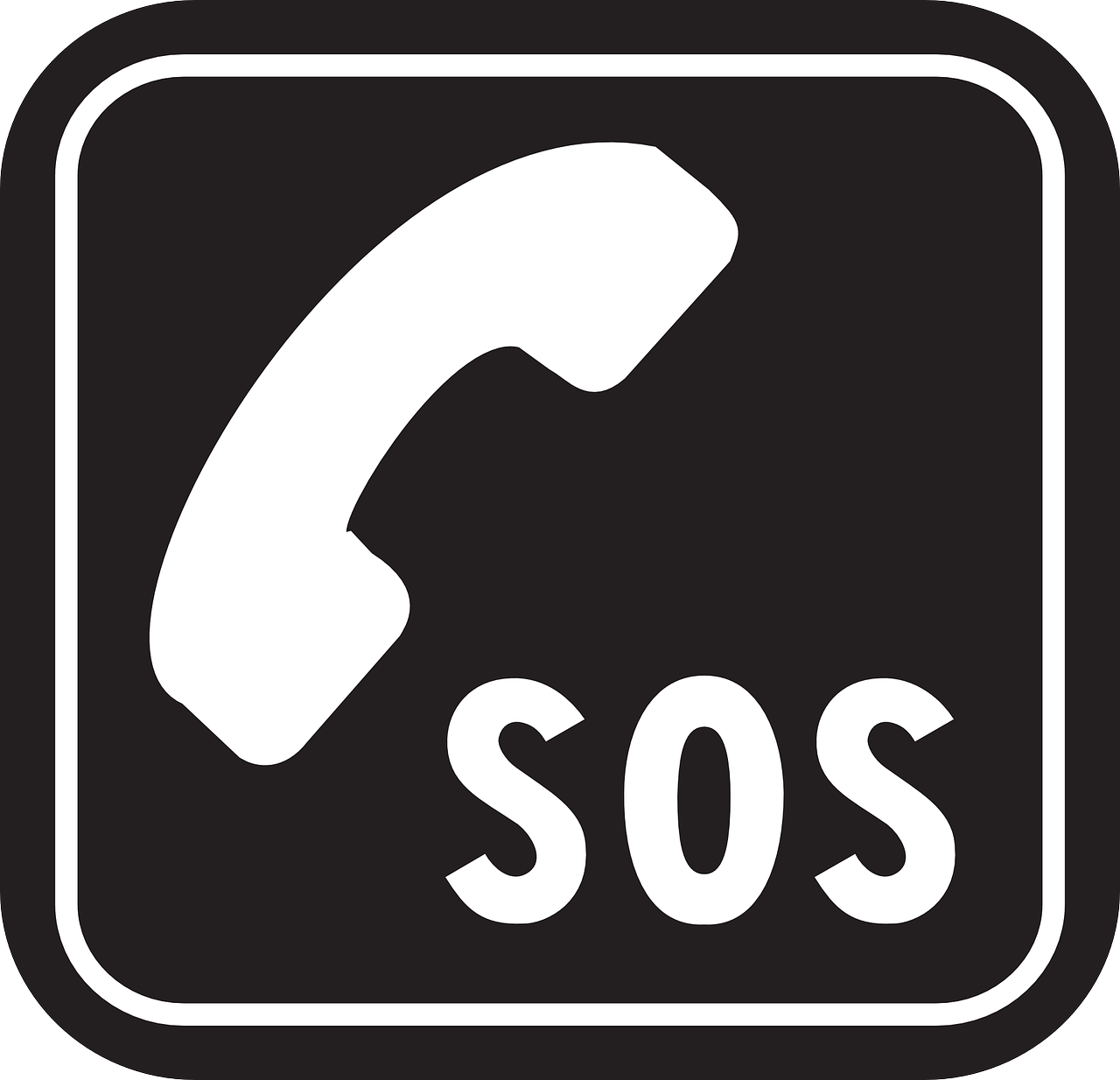
Safety Measures for Different Locations
Earthquake safety measures differ depending on your location and the activities you are engaged in. Whether you are at work, school, in a vehicle, or in a public space, it is important to be aware of the specific safety protocols and response plans.
Safety at Work or School
Familiarize yourself with the earthquake response plans at your workplace or school. Know the evacuation routes, designated meeting points, and emergency procedures. Participate in drills and be aware of the nearest shelter locations.
Safety in Vehicles
If you are driving during an earthquake, slow down and pull over to a safe location away from overpasses, bridges, or power lines. Stay inside the vehicle until the shaking stops. If you are on public transportation, follow the instructions of the driver or authorities.
Safety in Public Spaces
In public spaces, like malls or parks, seek shelter under a sturdy piece of furniture or cover your head and neck with your arms. Move away from glass windows or any potential hazards. Follow evacuation protocols and remain calm.
After the Earthquake
The aftermath of an earthquake requires prompt action and attention to ensure personal safety and provide assistance to others. After the shaking subsides, it is important to check for injuries, assess structural damage, be prepared for aftershocks, listen to emergency broadcasts, and offer assistance when possible.
Checking for Injuries
Immediately after an earthquake, check yourself and others for injuries. Administer first aid if necessary or seek medical attention for severe injuries. Remember to help others only if doing so does not put you at risk.
Assessing Structural Damage
Survey your surroundings for any signs of structural damage, such as cracks, leaning walls, or collapsed structures. If you notice significant damage, evacuate the area and report it to the appropriate authorities.
Dealing with Aftershocks
Aftershocks are smaller earthquakes that can occur after the initial earthquake. Be prepared for these aftershocks and take appropriate action, such as moving to an open area away from buildings or seeking shelter under a sturdy piece of furniture until the shaking subsides.
Listening to Emergency Broadcasts
Tune in to emergency broadcasts on the radio, television, or through a reliable communication channel to receive updates and instructions from local authorities. Follow any directives given to ensure your safety and well-being.
Assisting Others
If you are in a position to do so safely, offer assistance to others in need. Check on your neighbors, especially the elderly, disabled, or those with young children. Help with basic needs, first aid, or communication if possible.
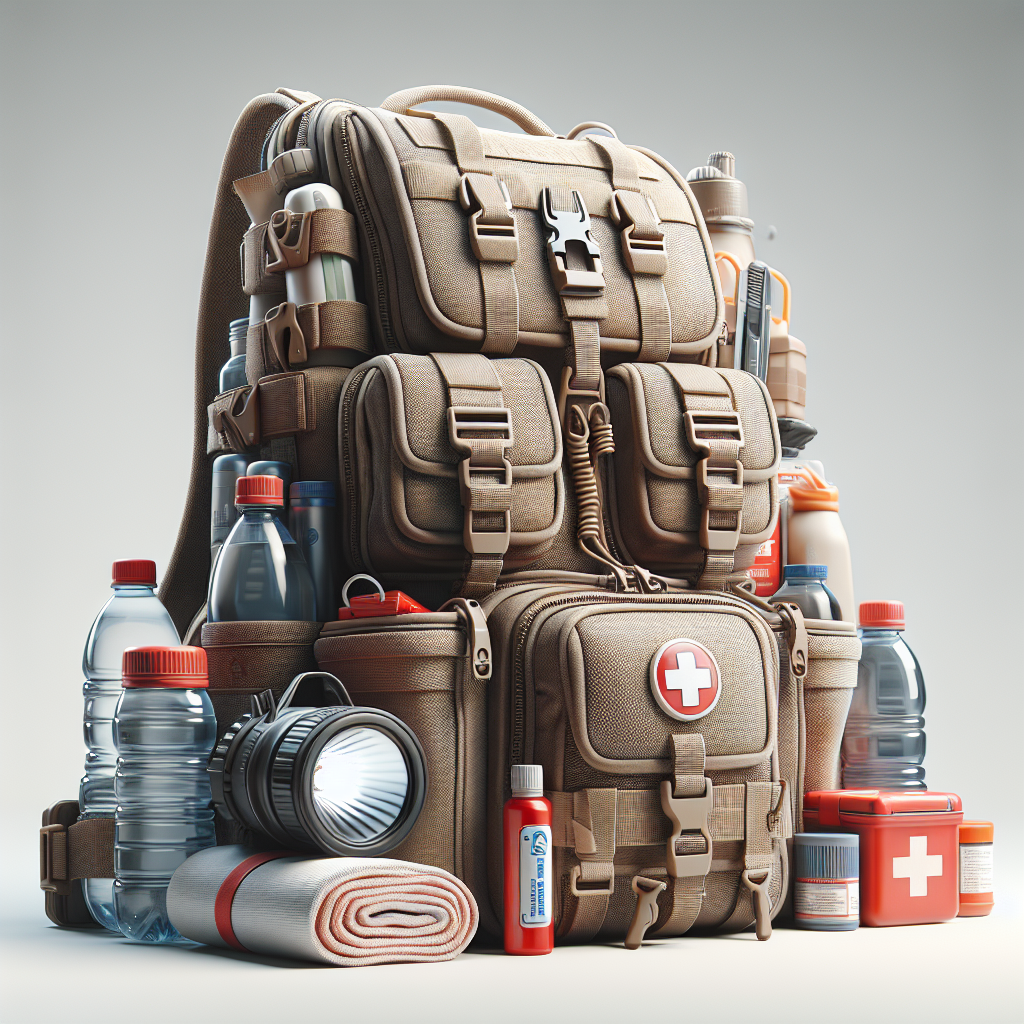
Educating and Drilling
Educating yourself and others about earthquakes is essential for building a resilient community. Through education and regular earthquake drills, individuals can become familiar with safety measures, response protocols, and school safety measures.
Education and Awareness Programs
Participate in education and awareness programs organized by local authorities or community organizations. These programs provide valuable information about earthquake preparedness and response strategies. Stay informed about the latest research and developments in earthquake safety.
Regular Earthquake Drills
Practice earthquake drills regularly to ensure everyone in your household or workplace is familiar with emergency protocols. Simulate scenarios to practice “Drop, Cover, and Hold On,” evacuation routes, and communication procedures. Evaluate the effectiveness of drills and make necessary improvements.
School Safety Measures
Schools should prioritize earthquake safety measures to protect students and staff. Develop comprehensive response plans, conduct regular drills, and ensure that emergency supplies and equipment are readily available. Regularly communicate with parents and the community about school safety measures.
Conclusion and Continuous Improvement
Preparing for earthquakes is an ongoing effort that requires continuous review, improvement, and collaboration with the community and government. By reviewing and updating your safety plan, collaborating with local authorities, and encouraging safety consciousness, you can contribute to the creation of a more resilient and prepared society.
Reviewing and Updating the Safety Plan
Regularly review and update your earthquake safety plan to reflect changes in your environment, new information, or lessons learned from past events. Incorporate feedback from local authorities, professionals, and community members to ensure the plan is comprehensive and effective.
Collaborating with Community and Government
Work collaboratively with community organizations, emergency management agencies, and government bodies to enhance earthquake preparedness efforts. Participate in community initiatives, share resources, and contribute to local disaster response plans.
Encouraging Safety Consciousness
Promote a culture of safety consciousness within your community by sharing information, organizing workshops, and engaging in discussions about earthquake preparedness. Encourage individuals to take responsibility for their own safety and support others in their preparedness efforts.
By following these guidelines and implementing appropriate safety measures, you can mitigate the risks associated with earthquakes and protect yourself, your loved ones, and your community. Remember, being well-prepared is the key to effectively responding to and recovering from these natural disasters. Stay informed, stay vigilant, and stay safe.
